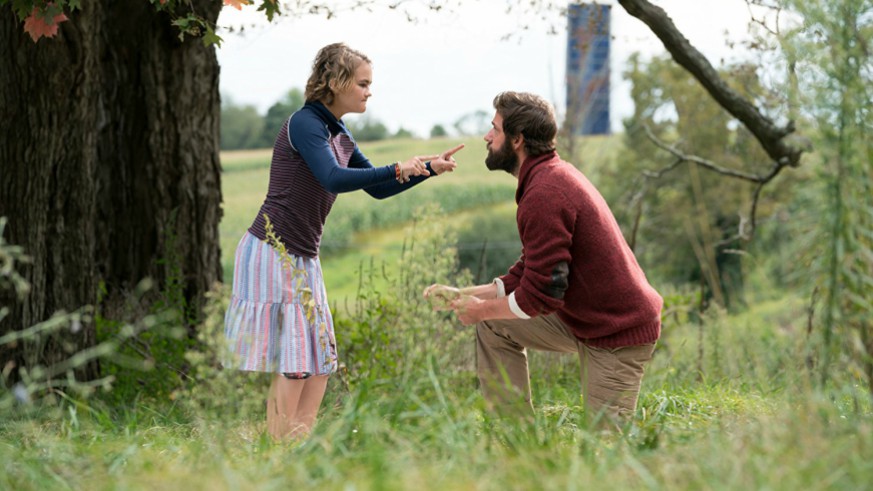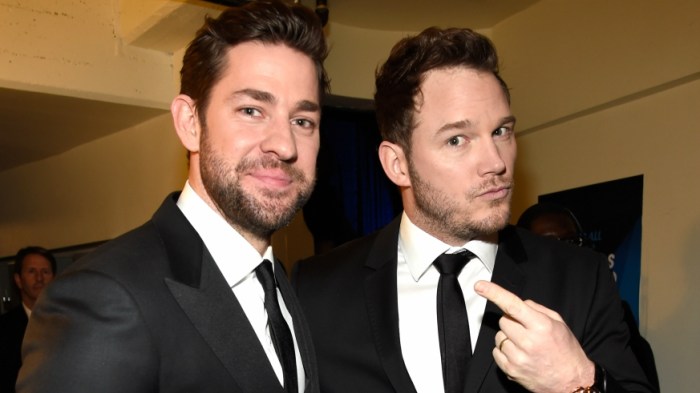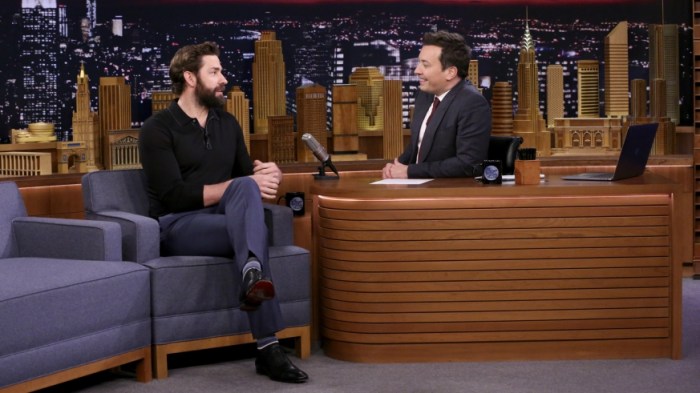Warning: There are MAJOR SPOILERS for A Quiet Place below. So please don’t read ahead unless you have seen John Krasinski’s splendid horror film.
The ending of “A Quiet Place” is set to go down in movie history, primarily because it so cathartic, but also because it is so stupendously cool, too.
Just before the final sequence in the film, though, which you can read all about here, we see the death of John Krasinksi’s Lee, who sacrifices himself for his two children by screaming and thus attracting the attention of the blind monsters.
Lee’s last act is to sign to his two children that he has “always” loved them. Originally, though, he just signed, “I love you.” But during my recent interview with Millicent Simmonds, the teenage actress recalled that she was the one that told the co-writer and director John Krasinski to make a slight alteration to this moment.
This was just one of two important changes Millicent made to “A Quiet Place,” as her own deafness gave her a unique vantage point to incorporate changes that made the film immediately improve.
“When me and John have a fight as father and daughter in sign language early in the film he was the most dominant character, and I was supposed to cower to his needs. But as we started filming it I said I would rebel at this moment. He loved that idea.”
“I changed some signs, too,” Simmonds continued. “At the end when he signs, ‘I love you.’ I said I think he needs to say, ‘I’ve always loved you.’ Because that covers the difficult period. Then when I suggested that he cried.”
This not only proves the importance of diversity and representation in cinema, but underlines that by doing what is so obviously right actually gives that actor the opportunity to make a film infinitely better, too.
“A Quiet Place” is now in cinemas.

























